Xerosis: severe dryness of the skin
Xerosis is a dermatological anomaly in which the skin not hydrated enough and is commonly called “dry skin”. This lack of hydratation it is usually due to aging (senile xerosis) or pathologies such as diabetes.
Healthy people with cutaneous dry skin may suffer discomfort and an aesthetic condition without further serious complications to their health. Dry skin shows tightness and roughness, progressing to the point where it has a flaky and flocculent appearance.
There are three basic factors in the normalisation of cutaneous hydration.
- The presence of amino acids, urea and lactate on the superficial layers of the skin.
- Lipids reduce the loss of water through evaporation.
- Aquaporin channels that carry water from the deepest layers of the skin to the most superficial ones.
Xerosis is acute or chronic with multiple symptons to a gretaer or lesser extent:
- Tightness: this decreases the elasticity of the skin causing less flexibility and a loss of volume.
- Flaking skin: the top layer of the skin becomes dry and inflexible.
- Roughness: the lack of water causes cellular death in the superficial layers of the skin resulting in a thicjening of the layer of dead cells.
- Itch: reaction to the discomfort caused by cutaneous tightness.
- Flocculent skin: this appears when the squames or flakes of dry skin exfoliate. It may manefest itself as a fine powder.
- Sensitivity: dry skin allows irritants and chemical products to penetrate the cutaneous surface.
The factors that favour the appearance of xerosis are both internal and external. The external factors include environmental humidity, excessive hygiene or aggressive hygenic products that destroy the natural protection of the skin and the sun-light (ultraviolate rays evaporate water from the skin). The internal factors include diets, dehydration, the skin, medication and several diseases like thyroid disorders, psoriasis and the atopic dermatitis.
In order to get an effective treatment against xerosis we must assess all the factors involved in the maintenance of the skin. In most cases there is a-lack of urea, natural hydration factors and lipids. Therefore the use of topical restorers that provide those ingredients, wich are vital to restore the cutaneous hydration. The most common active ingredients used in the treatment of xerosis are keratolytics, hygroscopic substances, occlusive substances and those that imitate the superficial fatty acid mantle -of the skin.
As daily habits we should avoid exposure to dry, warm air, excessive use of hot water in body hygiene and wear natural fibre clothes (silk and cotton where possible) and drink enough water.

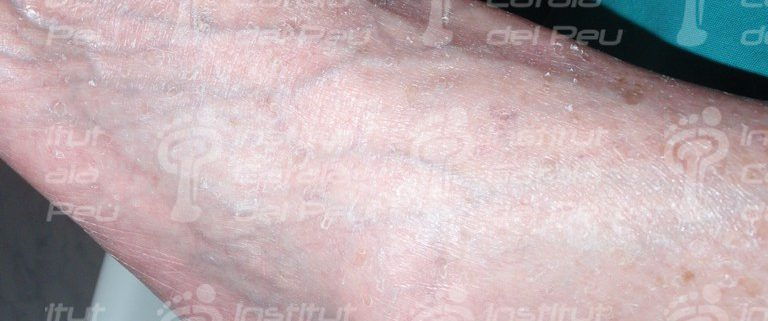
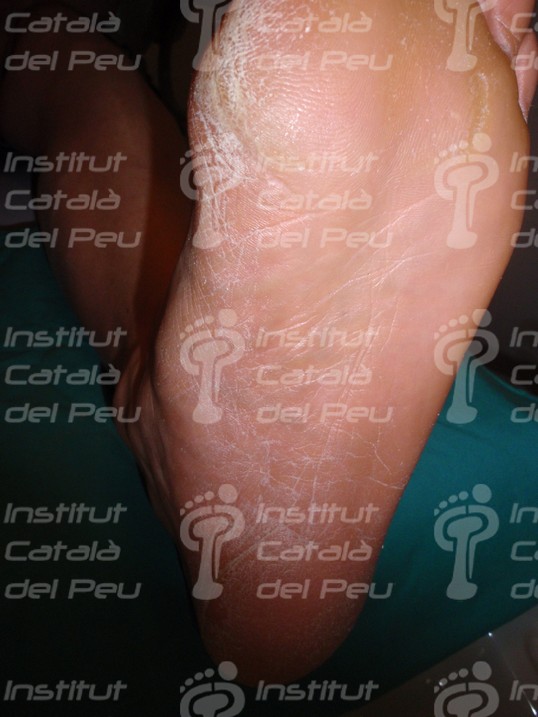
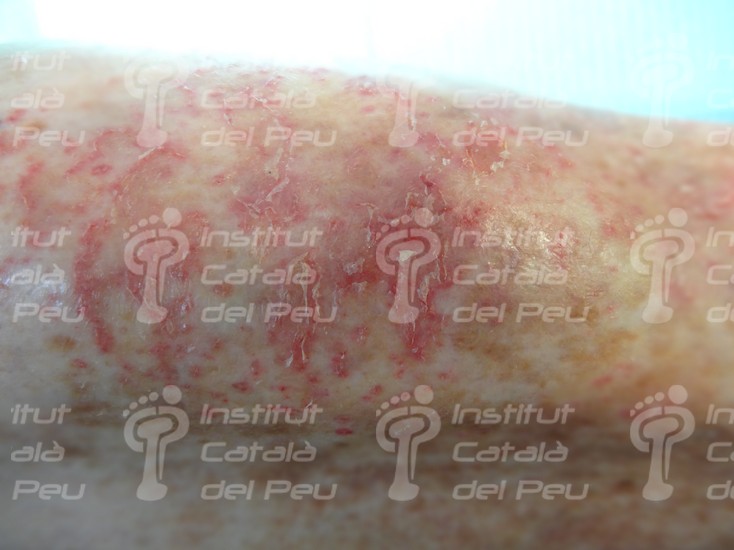
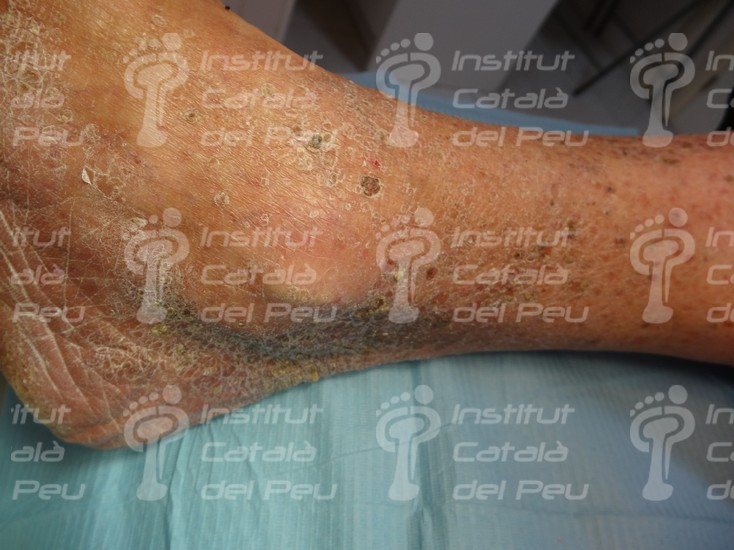
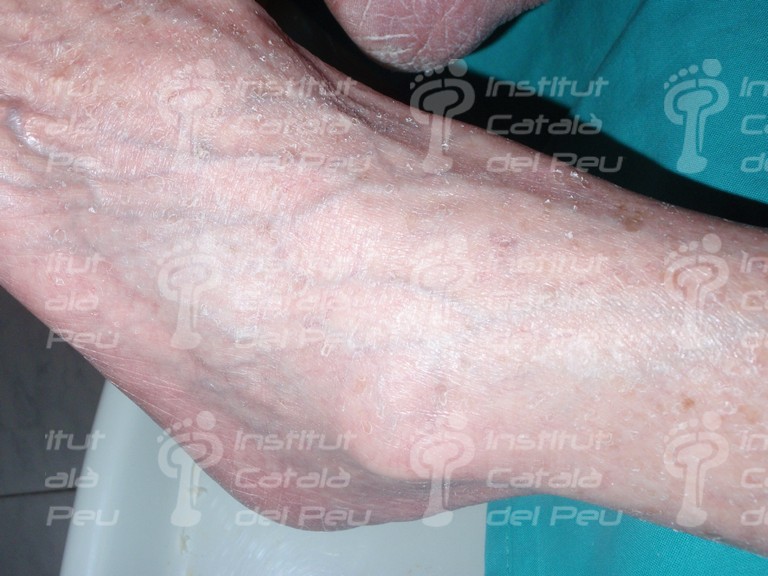
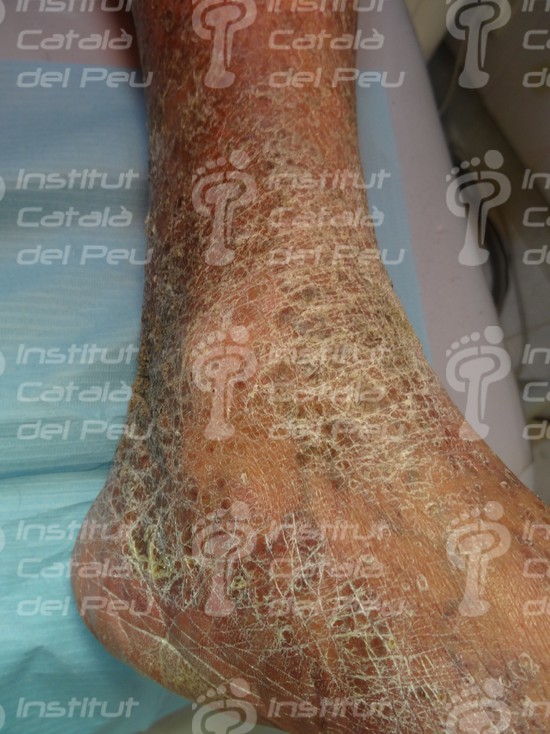
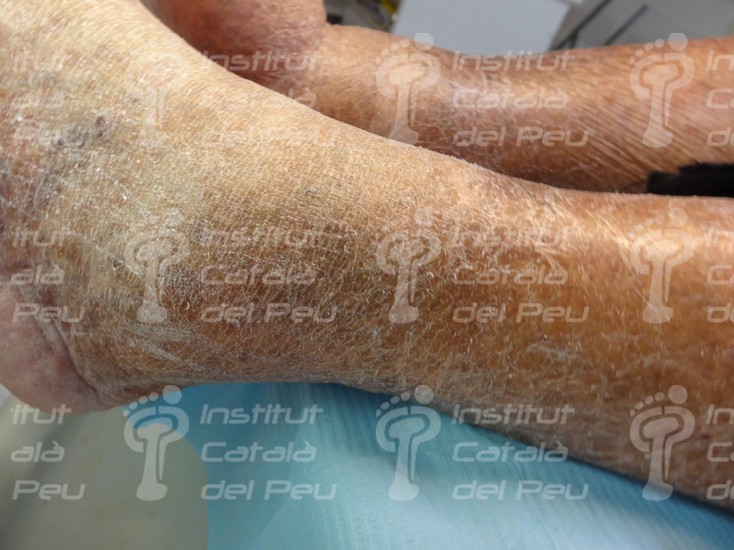
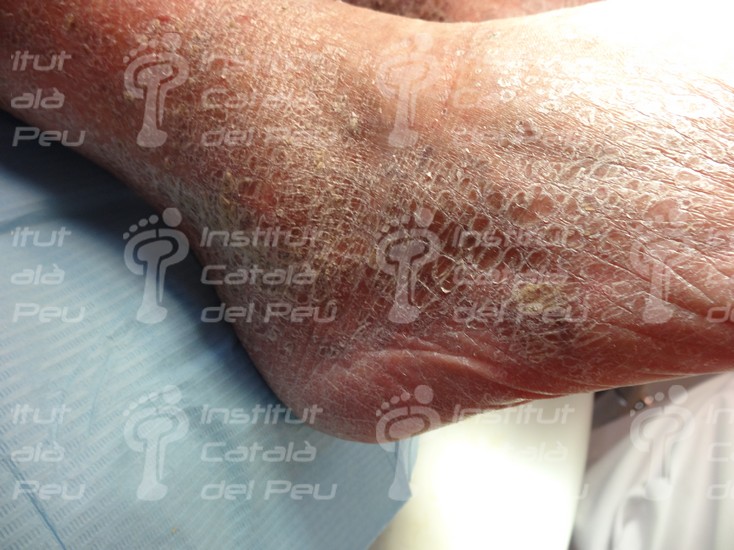
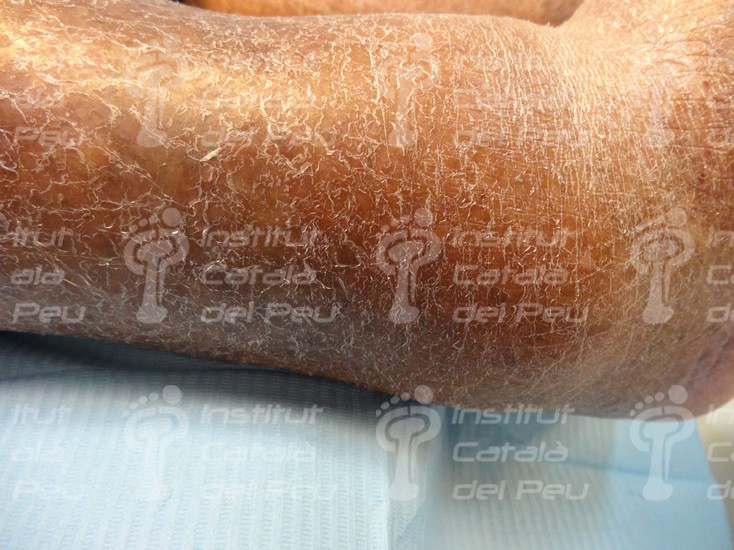
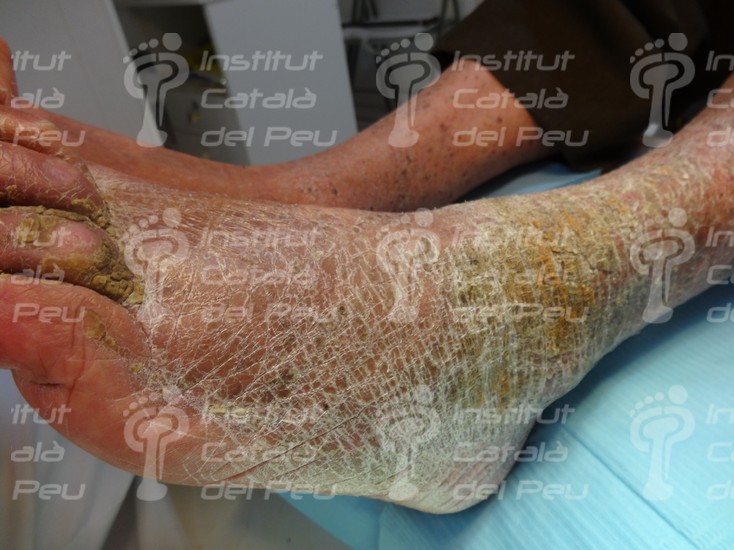
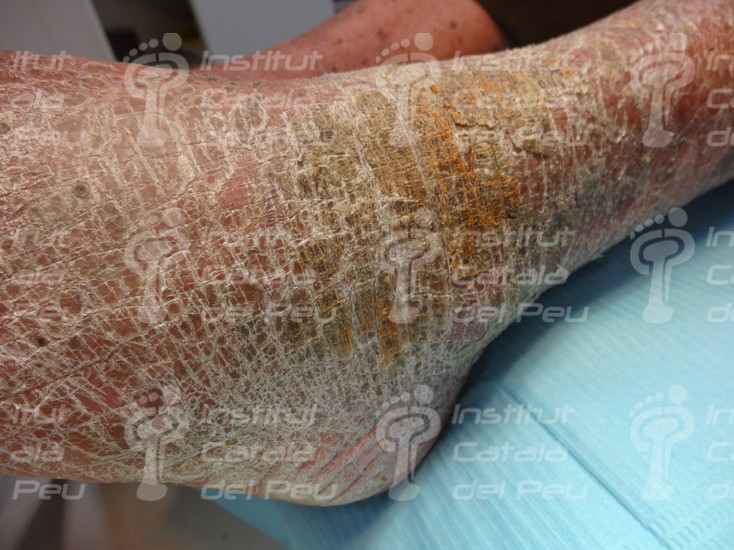
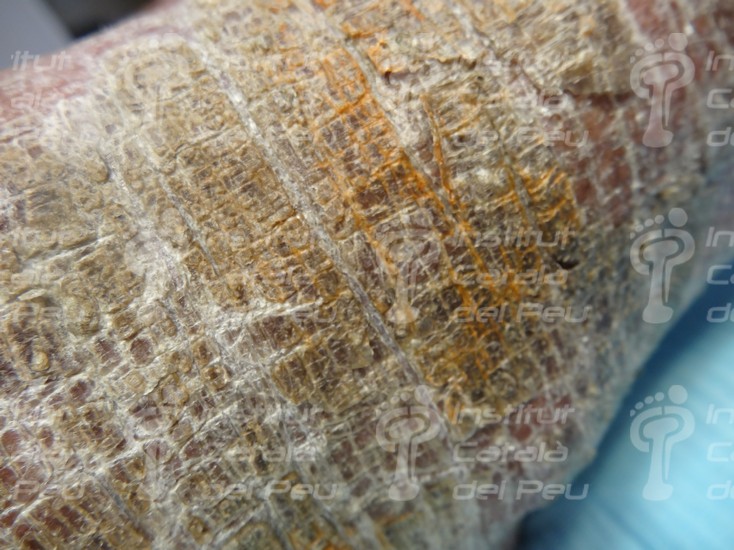
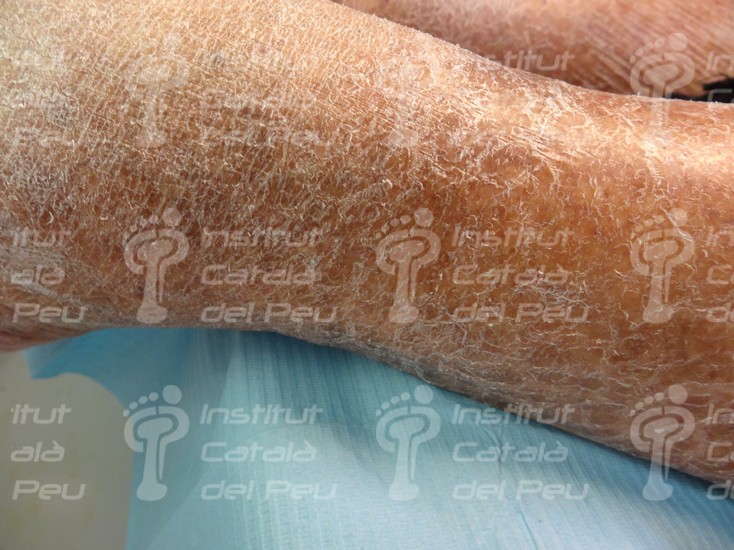






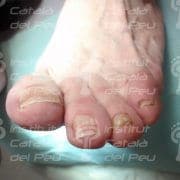
Leave a Reply
Want to join the discussion?Feel free to contribute!